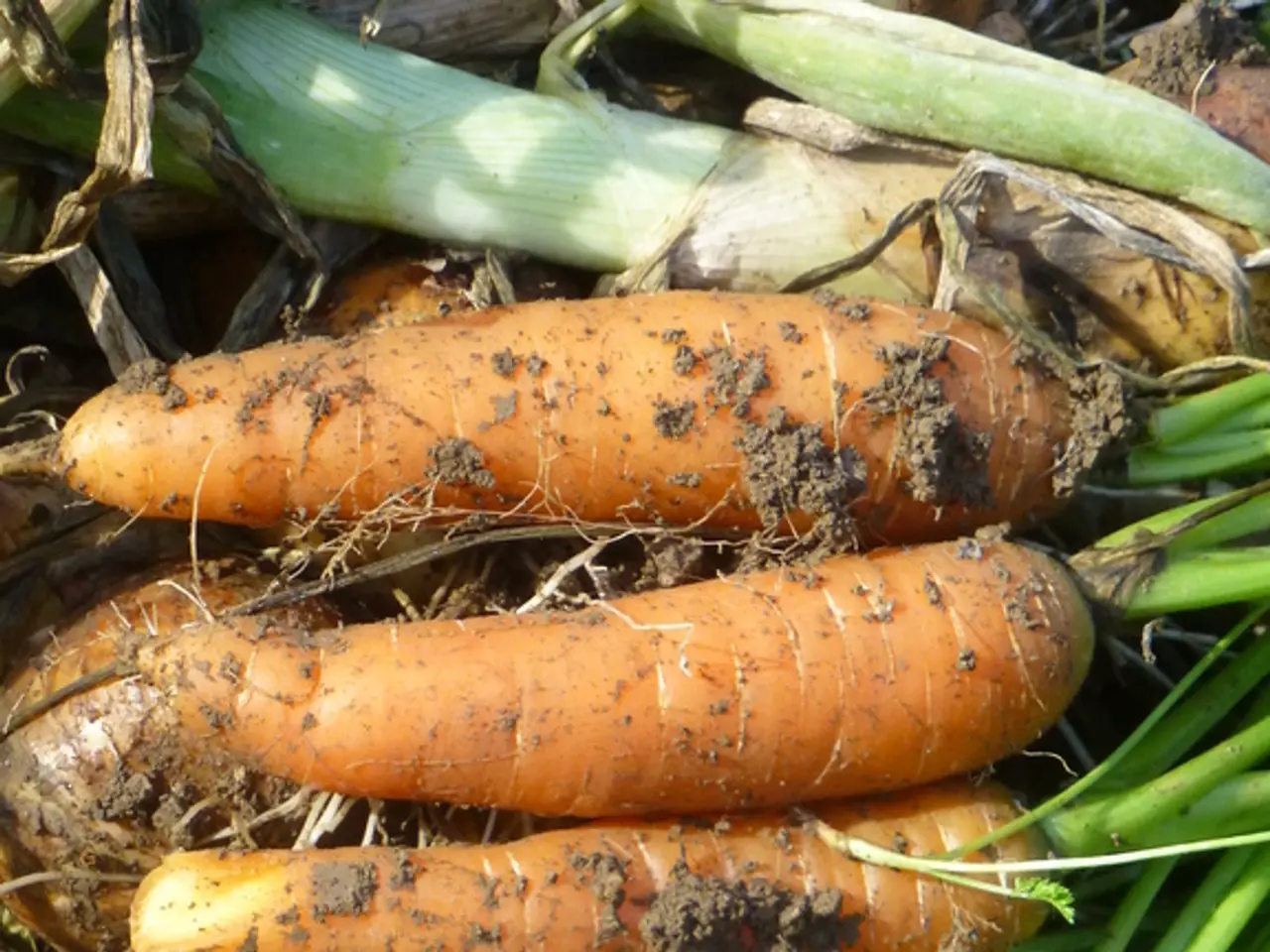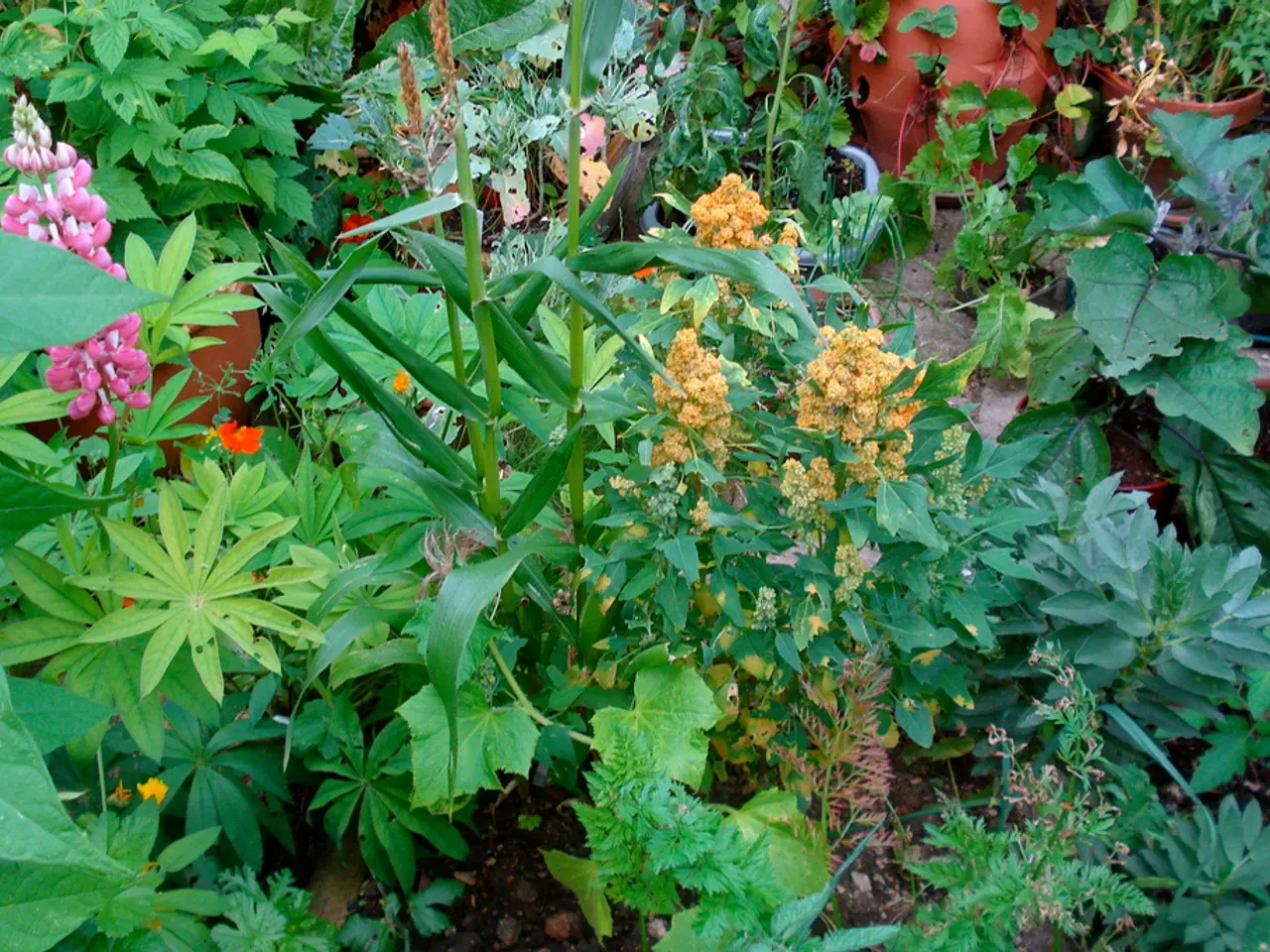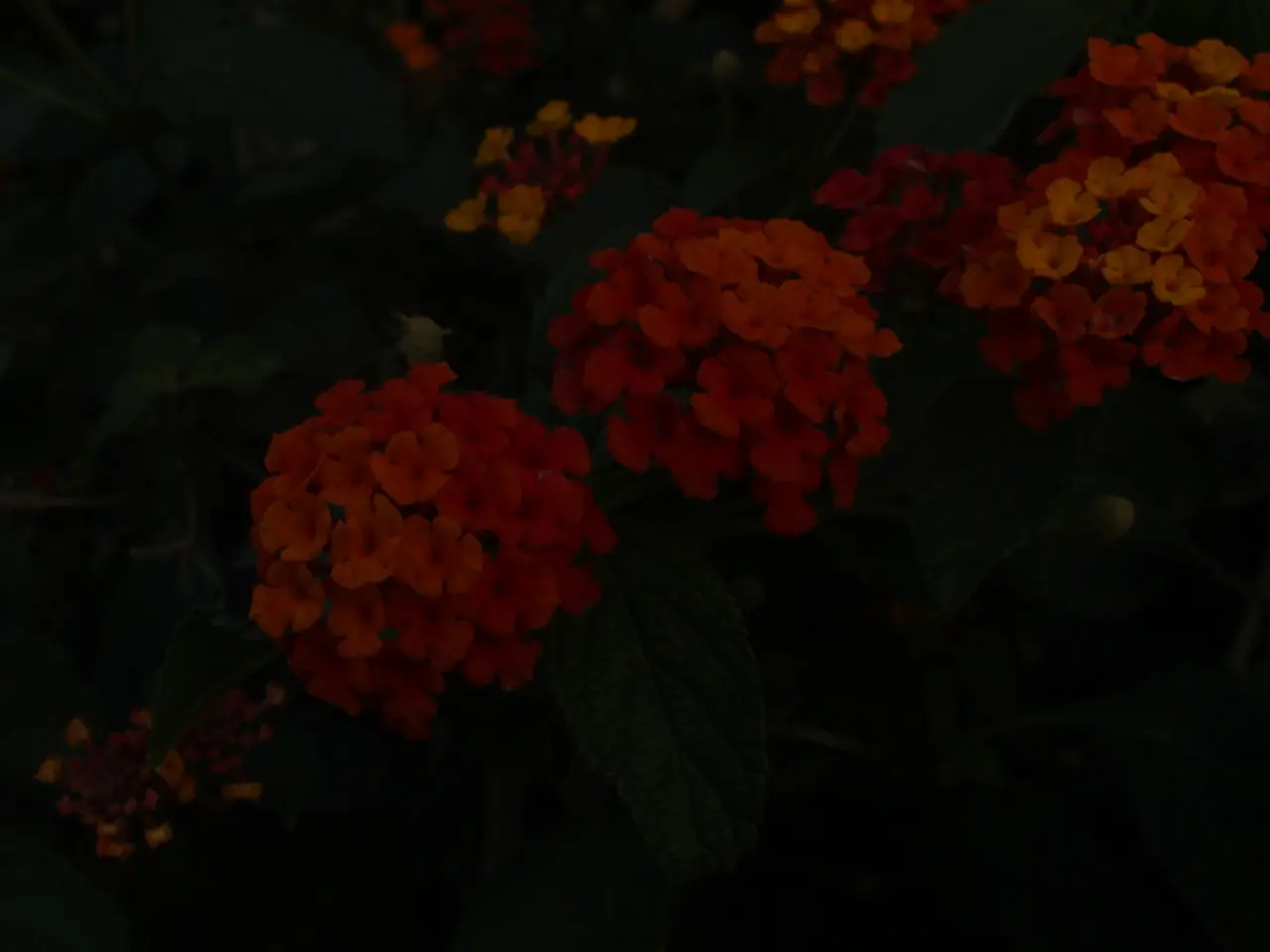Prepare Your Hydrangeas for Summer with These Pruning Guidelines
Let's learn how to give your hydrangeas the TLC they deserve during pruning season. Knowing the techniques for old wood and new wood hydrangeas will help your beautiful plants thrive and continue to spark joy. Here's an informal breakdown on how to prune hydrangea varieties, so you can keep them looking fabulous!
Getting Ready to Prune
Pruning can seem daunting, but don't worry! Hydrangeas are adaptable plants, and with a little knowledge, you can master the process. First, familiarize yourself with the two types: old wood and new wood bloomers.
Old Wood Hydrangeas
These flower types bloom on last year's growth, so it's crucial to consider this when planning your pruning schedule. For old wood blooming varieties, pruning in late summer or early fall (depending on your region and plant) will help maintain the health of your hydrangeas and encourage blooming in the following year.
New Wood Hydrangeas
On the other hand, new wood blooming hydrangeas blossom on the current year's growth. These plants can be pruned in late winter to early spring to ensure vibrant growth and blooms throughout the upcoming season.
Now, let's dive deeper into each hydrangea type, discussing the best times to prune and helpful tips for success.
Old Wood Hydrangeas (e.g., Bigleaf Hydrangeas, Oakleaf Hydrangeas)
Old wood hydrangeas are favorites for their striking flowers and lush foliage. To maintain their beauty, be sure to follow these steps:
- Pruning: Prune immediately after they finish blooming, usually before the end of July. Removing dead or damaged branches and cut back stems to a healthy set of buds – just don't remove too many buds, as this will reduce flowering next year.
- Tips: Minimal pruning is recommended for old wood hydrangeas, as excessive pruning can lead to fewer blooms. If you need to reduce the size of the plant, prune carefully to avoid removing too many flower buds. Remember that over-pruning can stress the plant and may even cause it to struggle in subsequent seasons.
New Wood Hydrangeas (e.g., Panicle Hydrangeas, Smooth Annabelle Hydrangeas)
New wood blooming hydrangeas put on a stunning display of flowers during their blooming season. To keep these beauties looking their best, follow these guidelines:
- Pruning: These varieties can be pruned in late fall after they have finished blooming or in early spring (March to April) after the last frost. Pruning in the spring is recommended to avoid damage from winter snows.
- Tips: Prune for size control or to improve a plant's shape. For significant renewal, prune stems back to about 12 to 18 inches from the ground. For more moderate shaping, cut to the first leaf node. Keep in mind that pruning more aggressively will result in fewer blooms the following year.
A special case exists with 'Endless Summer' hydrangeas, which bloom on both old and new wood, offering more pruning flexibility. Prune after blooming, like old wood hydrangeas, to ensure new flowers on old wood. However, their ability to bloom on new wood allows for some pruning in the spring without significantly impacting flowering.
Lastly, always cut stems at a 45-degree angle about 1/2 to 1 inch above a bud or leaf node. This helps prevent water from collecting on the cut surface and promotes healthy growth. And, if you live in an area prone to frost, protect the buds with covers like bed sheets or frost cloth on nights when frost is expected.
Happy pruning, and keep those hydrangeas looking fabulous!
Embracing an organic lifestyle, consider looking into home-and-garden stores for eco-friendly tools to enhance your gardening experience as you prune your hydrangeas.
With a rejuvenated garden, you may also decide to add more flowering and vegetable plants to your soil. Plan a diverse mix of perennials like daylilies, tulips, and daisies among your hydrangeas for a vibrant and colorful garden landscape. Or, perhaps grow organic vegetables like tomatoes, peppers, and cucumbers in your home-and-garden for a more self-sustaining lifestyle.
In the pursuit of a greener thumb, remember to use organic compost as a natural fertilizer and maintain a healthy soil composition for your plants. Well-loved gardens not only bring beauty to your surroundings but also contribute to a more harmonious lifestyle.
In summary, through focusing on proper pruning techniques, creating a diverse floral and vegetable garden, and using organic practices, you will cultivate a flourishing and natural oasis that embodies the essence of a nurturing home-and-garden lifestyle.




